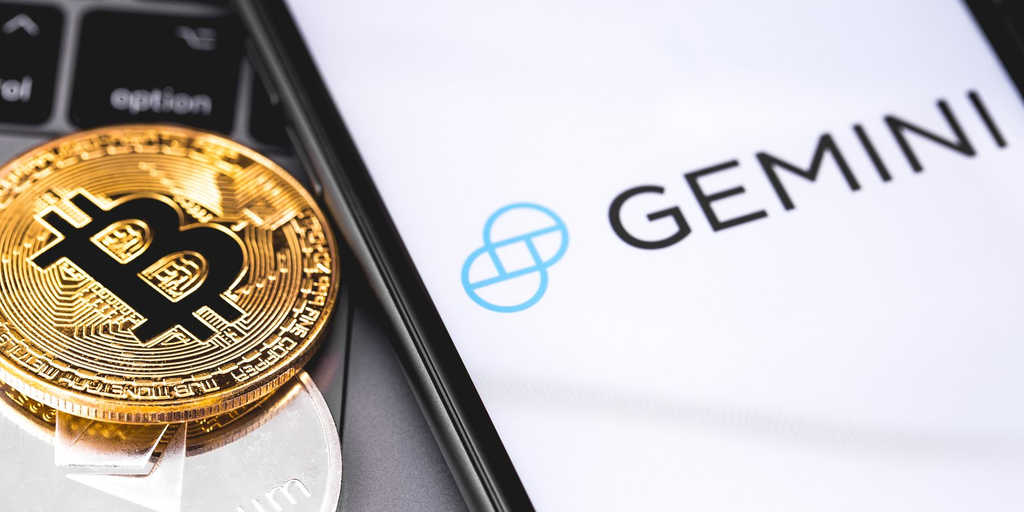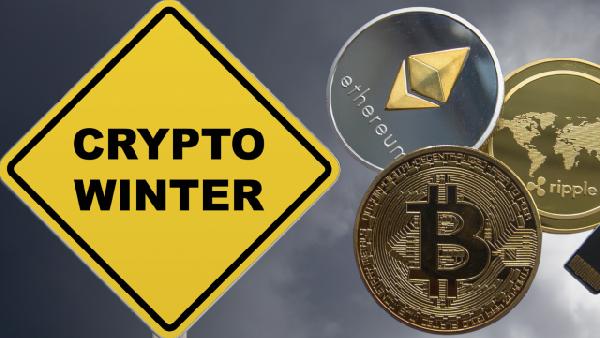Crypto markets are undergoing a fundamental transformation, with meme coins helping drive mass adoption and becoming a legitimate entry point for investors who later get serious.
That’s according to New York-headquartered crypto exchange and custodian Gemini‘s latest Global State of Crypto report.
It found over 94 of meme coin owners also hold traditional cryptos, with 31 of U.S. investors purchasing meme coins before Bitcoin or Ethereum.
"Meme coins have become a surprisingly powerful gateway into crypto," Saad Ahmed, Head of APAC at Gemini, told Decrypt. "They‘re fun, culturally driven, and easy to get involved with."
The pattern extends globally, with 30 in Australia and 28 in the U.K. following similar trajectories, suggesting that meme coins function as training wheels, rather than purely speculative plays.
In the last few weeks, crypto markets have sprung back to life, with some meme coins leading the rally.
While meme coins are sometimes dismissed as a joke investment, they still maintain a big chunk of the market. The total value of the sector’s top meme coins now makes up over $74 billion of the industry’s $3.5 trillion total, data from CoinGecko shows.
For people new to crypto, "buying a memecoin feels more like joining a community or being part of an internet moment," Ahmed said. "From there, curiosity tends to grow: people start exploring other tokens, learn about wallets, and gradually move deeper into the ecosystem."
Diamond hands prevail
The crypto industry, meanwhile, has grown and matured well into 2025, steadying its commitment beyond retail behavior.
One sign of maturity can be seen in how users have been offloading their holdings, which has slowed to just 10 globally, down from up to 17 last year.
Meanwhile, roughly 39 of investors from the U.S. now see crypto as an inflation hedge, up from 32 last year, per the report, which pulled data from 7,205 consumers from six countries.
This stems from a "growing number of investors and corporations" who no longer see crypto, particularly Bitcoin, as a "risk-on asset," Ahmed said.
How investors behave has become "increasingly grounded in macro perspectives and strategic decision-making," Ahmed added.
Singapore leads global ownership at 28, while Europe is experiencing robust growth following regulatory clarity, despite ongoing concerns about privacy.
Institutions rushing in
As major banks explore stablecoin-based solutions for cross-border transactions, favorable regulation under President Trump has also boosted confidence among 23 of U.S. non-owners, per the report.
Meanwhile, the launch of spot crypto exchange-traded funds has also transformed institutional access to crypto, with 39 of U.S. crypto owners now investing through these vehicles. Italy leads at 47, followed by the U.K. at 41, Gemini‘s report shows.
Bitcoin, for one, has remained "sensitive to liquidity cycles and macro sentiment," Vincent Liu, chief investment officer at Kronos Research, told Decrypt.
Despite this, notable improvements "in both liquidity and volatility" have been on the rise this year, Liu noted.
Still, while Bitcoin "hasn‘t yet reached the consistency of a safe-haven asset like gold," crypto ETFs have grown to signal "a path toward a more stable and strategic role" for investor portfolios, Liu said.
Edited by Sebastian Sinclair
Your Email







